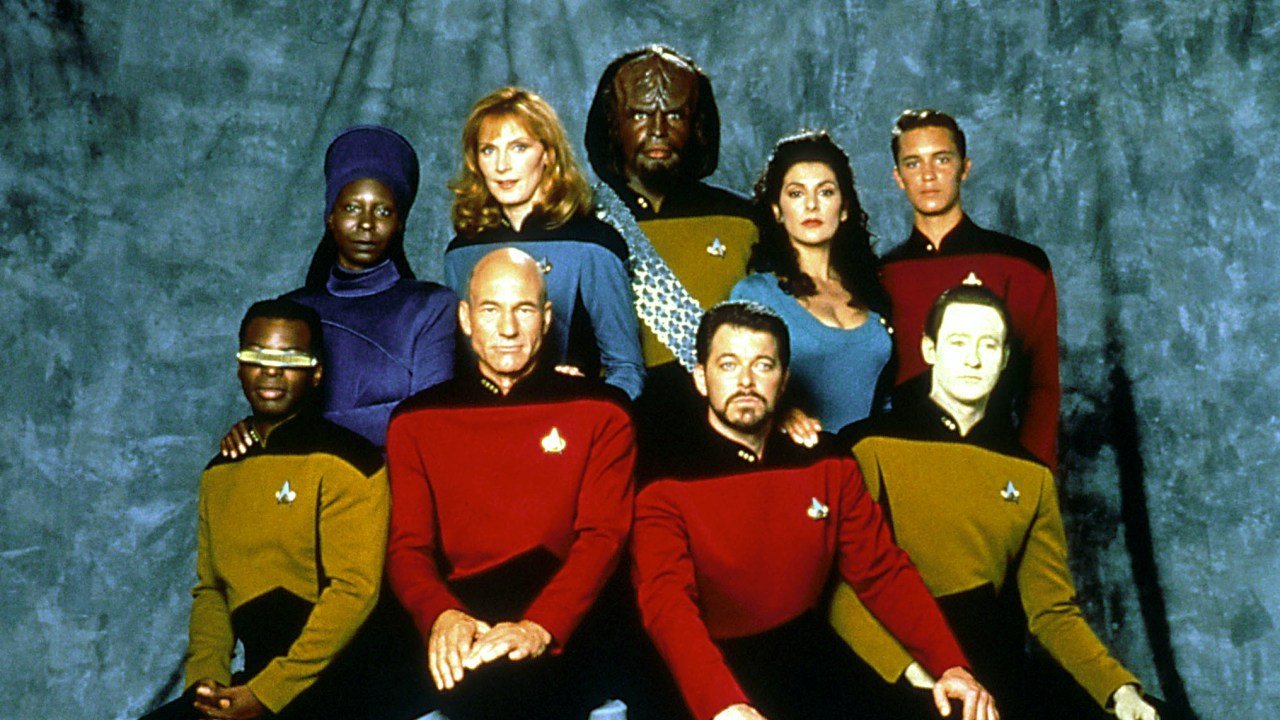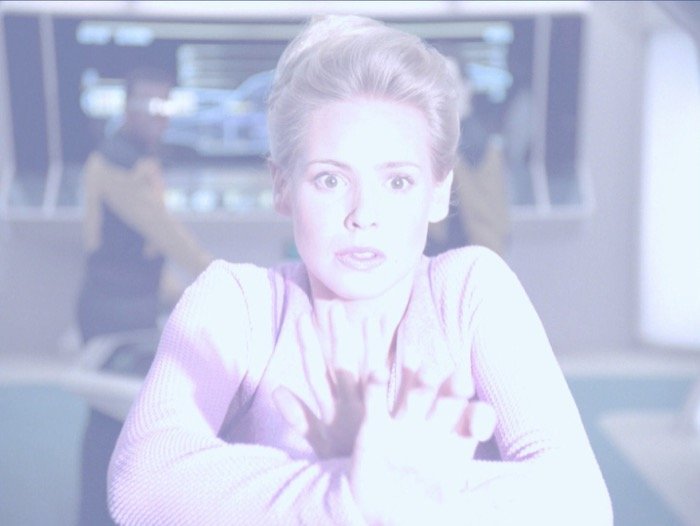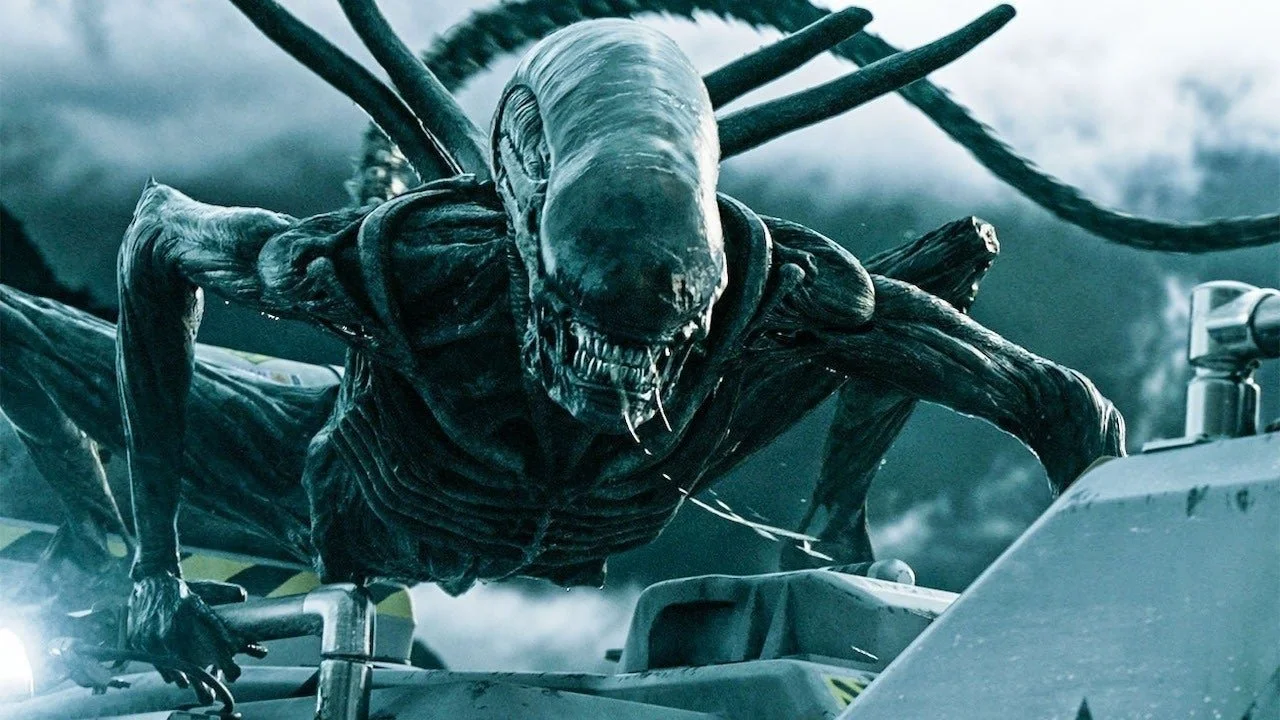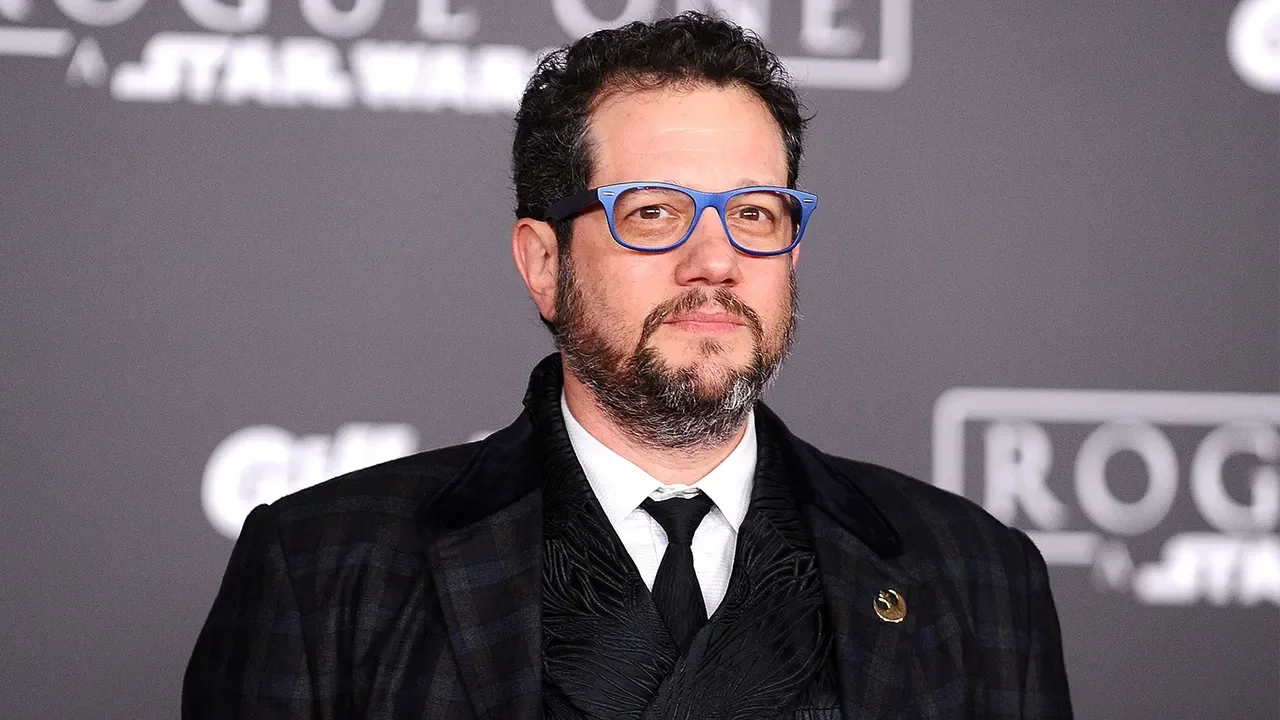‘Star Trek: The Next Generation’ Episodes With LGBTQIA+ Themes
Image Source: FanPop
The beloved science fiction franchise, Star Trek, has always used science-fiction and fantasy to explore sociopolitical issues, ever since The Original Series aired in the late 1960s. Its successor series, Star Trek: The Next Generation, which aired from the late 1980s to the mid-1990s, continued this trend. In particular, Star Trek: The Next Generation significantly moved the social justice ball forward during its run with a fifth season episode, The Outcast, which was specifically written as an allegory for homosexuality. Although this episode was the only episode that is known to explicitly address LGBTQIA+-related issues, there were some other episodes during its run whose themes and/or situations I believe could also reasonably be viewed as representations of LGBTQIA+-related issues. This list discusses The Outcast, as well as some of these other episodes.
5. Season 5, Episode 17: The Outcast (1992)
Image Source: Trek Core
The Enterprise assists a race known as the J’naii with retrieving a lost shuttlecraft. The J’naii consider it to be a crime to identify as either male or female and punish those who identify as such with “treatments” akin to what we know as conversion therapy or attempts to forcibly change one’s sexual orientation and/or gender identity. Commander Riker falls in love with a J’naii, Soren, who admits to him that she considers herself female and is romantically interested in Riker. Regrettably, Soren is discovered by her fellow J’naii and is ultimately forced to undergo a psychiatric treatment that wipes away those feelings, thus ending any possibility of a relationship between them. This episode was explicitly written as an allegory for the treatment of homosexuality in our society. Actor Jonathan Frakes (Commander Riker) went so far as to lobby to have Soren be obviously male, although this was rejected, as it was considered too controversial at the time. Upon re-watching this episode as a transgender person recently, I feel that this episode could be equally valid as an allegory for transgender people as well, due to the J’naii’s focus on gender expression and how transgender persons suffer the same kind of persecution, abuse, and attempts to change our gender identity and/or expression by society.
RELATED:
4. Season 4, Episode 23: The Host (1991)
Image Source: Trek Core
Enterprise Chief Medical Officer Beverly Crusher falls in love with a male Trill diplomat named Odan. When Odan is fatally injured during an attack on his shuttle, she learns that the Trill are a joined species and that the being she knew as “Odan” was merely a host for a slug-like alien creature (symbiont) living inside of him. When the symbiont is later transferred to a female host at the end of the episode, Beverly, although apologetic, feels unable to remain in a relationship with the new (female) host, presumably due to her being of the same gender, and ends their romantic relationship. Gates McFadden, the actress who portrays Beverly, has denied that neither she nor the writers were intending it to come across as her character being transphobic, but rather that Beverly was having difficulties processing the rapid changes in hosts throughout the episode.
This episode, however, reminded me a lot of the challenges that many transgender persons have with maintaining their romantic relationships during their transition, specifically in terms of whether their partners will be able to make the adjustments to all the changes a person’s gender transition frequently entails. There are more couples than ever managing to make their relationships work through gender transition nowadays, but it is still not an easy or certain adjustment. A subsequent Star Trek series, Deep Space Nine, also later used the Trill to depict a “Lesbian” relationship between two Trill hosts who were coupled while their symbionts were previously in different hosts, in its fourth season episode, Rejoined.
3. Season 3, Episode 16: The Offspring (1990)/Star Trek: Nemesis (2002)
Image Source: Trek Core
Data, an android serving on the Enterprise, builds another android, Lal, and he allows Lal to choose their own sex and appearance, which, unwittingly, gives us the closest thing to the writers saying, “Trans rights!”, in the early 1990s. In the final Next Generation movie, Nemesis, Data even specifically addresses “transgendered species” in the audience at a wedding reception. While transgendered is not the correct usage of the term (transgender is) by today’s standards, it is worth giving the writers some credit for their acknowledgment of the existence of different gender identities.
2. Season 1, Episode 14: 11001001 (1988)
Image Source: Trek Core
The Enterprise docks at a space station for repairs and upgrades to its holodeck system. This is done by cybernetic humanoids known as Bynars. The episode, while not explicitly hitting on any specific LGBTQIA+ themes, does introduce the concept of beings who are essentially agender, or not identifying with a particular gender.
1. Season 6, Episode 6: True Q (1992)
Image Source: Trek Core
An intern named Amanda Rogers visits the Enterprise and inadvertently discovers that she possesses the extraordinary powers of the Q Continuum, a race of omnipotent, godlike beings. The Enterprise is visited by Q, another member of the Continuum who has visited (and troubled) the Enterprise before, and he attempts to convince Amanda to return with him to the Continuum. The episode is, at its core, about Amanda discovering her powers and struggling to decide whether to accept or reject them. Amanda initially refuses to embrace her new identity and powers and tries to continue to maintain her current life plan and goals. The Q Continuum even decides to give Amanda the choice of continuing to live her life as she chooses as long as she doesn’t use her powers. However, as she learns more about herself, her past, and her powers, she ultimately realizes that she cannot deny them and ultimately decides to embrace them and her place within the Continuum, albeit on her own terms.
While it is not specifically intended as an allegory for LGBTQIA+ persons, the journey that Amanda goes on as she discovers herself is not unlike the coming out process for many LGBTQIA+ persons in terms of discovering new things about themselves and the inevitable struggle between embracing or rejecting their feelings and being authentic to themselves.
READ NEXT:


















